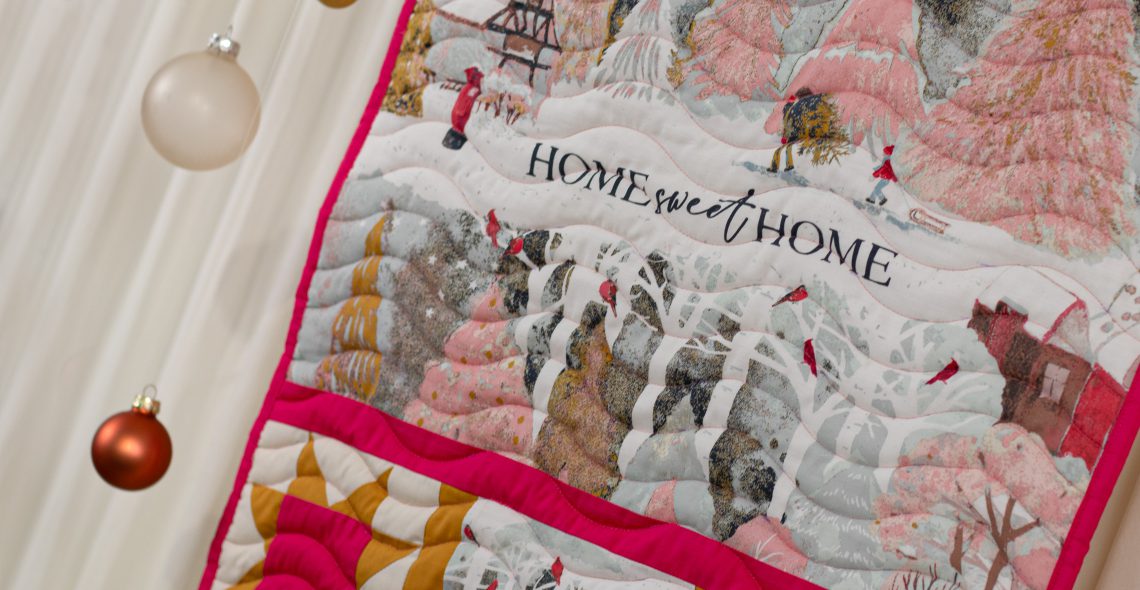
Seasonal Projects
Learn how to make a festive Christmas wall hanging using fabric panels, star accents, and beginner-friendly rulerwork in this easy step-by-step tutorial. … More
Take your creativity to the next level with the BERNINA L 890! #ABIGDAY
The B 990 might look good on your screen, but it’s even better in person! #ABIGDAY
Crea un festivo Colgante para Navidad con este sencillo tutorial de costura paso a paso. Aprende a combinar paneles de tela, encantadores detalles de estrellas y técnicas de acolchado para principiantes con reglas. Una decoración navideña espectacular! … More
Black designer, Terrance Williams, shares his handmade dandy-inspired look for the Met Gala Exhibit, a story of fashion, identity, and representation. … More
BERNINA Ambassador, Jaclyn Salem, shares a free pattern for The Checks Mix quilt—a strip pieced quilt perfect for beginners and color lovers. … More
Discover how designer, Terrance Williams, uses the Pinpoint Laser on the B 790 PRO to sew perfectly aligned buttons with precision and style. … More